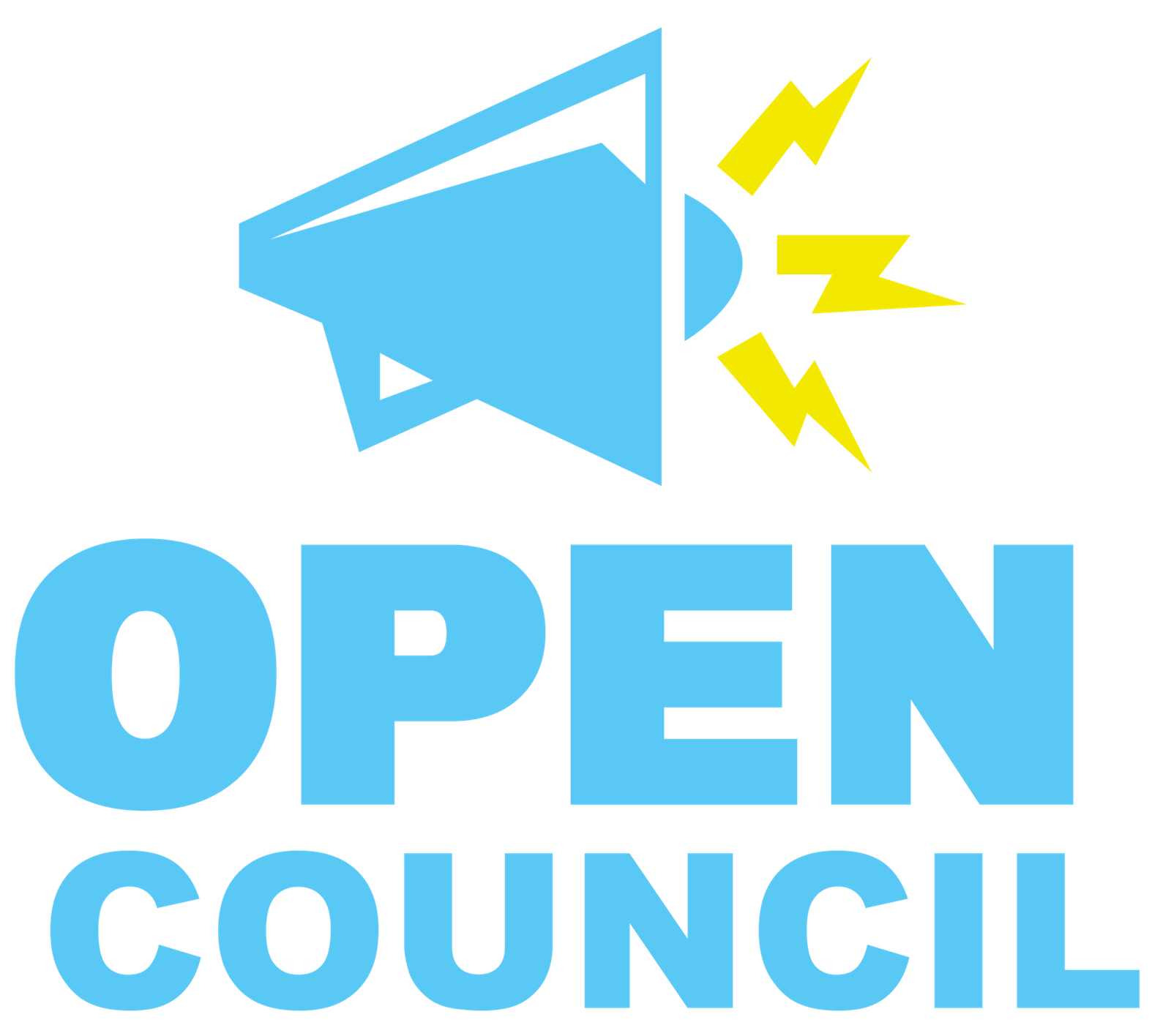By Pieter Ziegler

It’s 8am at Whitehouse shopping centre, just over 10km out of Harare CBD, and the place is a grating atmosphere of throbbing generators and the hubbub of human congestion.
There is no electricity. The lights went out somewhere in the middle of the night.
“If they return before 7pm it will be a miracle.
“Otherwise they come back around 10pm when we have already closed the butchery.
“It’s a painful and costly situation because we now have to run generators or else the meat will go bad,” says Joshua Phiri, a butchery operator.
The situation has been the same since the elections ended.
However, in the run-up towards the contentious 2023 plebiscite the situation was different.
New Hwange Units
Electricity was usually available and things looked positive especially after President Mnangagwa commissioned new power units at Hwange Thermal Power Station.
Mnangagwa officially commissioned the US$1,5 billion Units 7 and 8 Expansion Project in Matabeleland North Province, which added 600MW to the national grid.
The project, by Chinese contractor Sino-Hydro, involved a power plant, which entailed the installation of two electricity generating units.
Each having a net output of 300MW, and the construction of two new 400kV substations.
There is 330kV at Sherwood B and 400/330 kV at Hwange B Substation.
There was also constructed a 400kV 310km transmission line from Hwange to Insukamini in Bulawayo.
State media hailed the initiative as “a critical enabler towards the realisation of the National Development Strategy 1 (NDS1) and Vision 2030 targets”.
The units were supposed to raise the national grid capacity from 1,400 megawatts to 2,000 megawatts.
Government added that it wanted to scale up to 2,500 megawatts by 2025 in order to cope with increasing demand from the mining sector.
More Of The Same
However, soon after elections the situation has gone bad again.
There is seldom any power even for the industrial areas with some companies having to resort to desperate staff-cutting measures.
As an explanation there have been government reports about Hwange Power Station’s Unit 7 undergoing maintenance.
Government says it will be back online in the next three weeks.
In addition, negotiations are reportedly underway to increase electricity imports.
However that channel is tricky.
The country usually relies on energy imports from Mozambique, South Africa and Zambia.
However, Zimbabwe has been disconnected due to non-payment of debts worth more than $100m to regional suppliers.
To add further woes experts are not even convinced that there is solution to the challenge as of now.
Kurai Matsheza, president of the Confederation of Zimbabwe Industries (CZI), told Al Jazeera that there is no quick fix to Zimbabwe’s power problems.
“Any new capacity is welcome, but this is still far short of what we need as a country.
“We have drought challenges and climate change affecting the hydroelectric station and the new units at Hwange are a positive addition, but it’s not enough, we fear that power challenges will persist into the future.
Thus the country faces an acute challenge which has no immediate solution.
For butcher men such as Joshua Phiri it will be a long season dealing with angry customers who would have bought rotten meat.
“Sometimes you have no option but to cut your losses through uncouth means.
“It’s the only option to remain in business,” he says.
